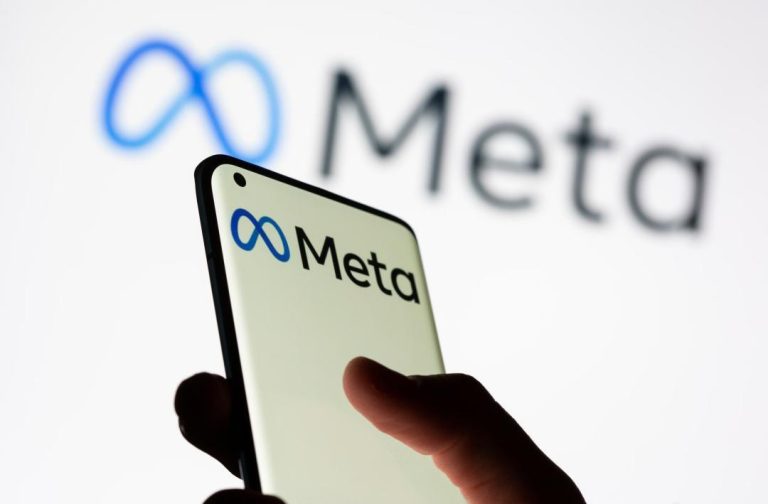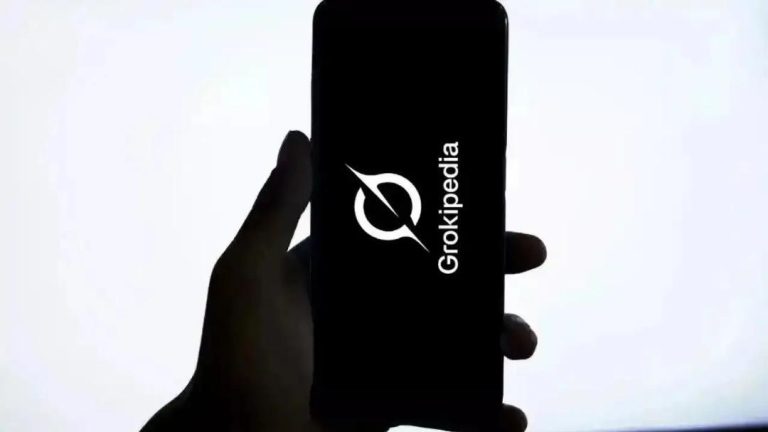
Insta Grabs Attention Fast; FB Builds Lasting Community & Loyalty
In today’s digital landscape, social media platforms have become an essential part of any brand’s marketing strategy. Two of the most popular platforms, Instagram and Facebook, are often pitted against each other in terms of user preferences and engagement. While both platforms have their unique strengths, they cater to different needs and expectations of users. In this blog post, we’ll explore the distinct characteristics of Instagram and Facebook, and how businesses can leverage these differences to build both brand recall and loyalty.
Instagram: Instant Attention, Fleeting Engagement
Instagram, with its visually-driven feed and Stories feature, is designed to grab attention quickly. Users are bombarded with a constant stream of images, videos, and stories, which are meant to be consumed and discarded in a matter of seconds. This instant-grab attention is perfect for brands looking to create a buzz around a new product launch, promotion, or event. Instagram’s ephemeral nature also makes it ideal for time-sensitive content, such as limited-time offers or flash sales.
However, this fleeting engagement comes with a caveat. Users are more likely to scroll past your content without engaging with it, making it challenging to build a lasting connection with your audience. According to a study by Growth Jockey, only 53% of Instagram users engage with brands on the platform, compared to 70% on Facebook.
Facebook: Building Lasting Community & Loyalty
Facebook, on the other hand, is designed to foster dialogue and build lasting communities. With its comment section and group features, Facebook encourages users to interact with each other and share their thoughts, opinions, and experiences. This engagement is not limited to the initial post; comments linger, shares extend the shelf life of content, and posts often spark community chatter.
Facebook’s community-driven approach is perfect for brands looking to build brand loyalty and retention. By encouraging user-generated content, responding to comments, and creating groups, brands can establish a sense of belonging and connection with their audience. According to the same Growth Jockey study, 71% of Facebook users engage with brands on the platform, compared to 53% on Instagram.
The Best of Both Worlds: Leveraging Instagram and Facebook
So, how can businesses leverage the strengths of both Instagram and Facebook to build brand recall and loyalty? Here are a few strategies:
- Use Instagram for attention-grabbing campaigns: Utilize Instagram’s instant-grab attention to create buzz around new products, promotions, or events. Share engaging visuals, videos, and stories to capture users’ attention and drive conversions.
- Leverage Facebook for community building: Use Facebook’s community-driven features to build lasting connections with your audience. Create groups, encourage user-generated content, and respond to comments to establish a sense of belonging and loyalty.
- Cross-promote content: Share Instagram content on Facebook to reach a broader audience, and vice versa. This will help you tap into the strengths of each platform and extend the shelf life of your content.
- Monitor and measure performance: Keep a close eye on your performance on both platforms, using analytics tools to track engagement rates, conversions, and audience growth. This will help you adjust your strategy and optimize your content for better results.
Conclusion
In conclusion, Instagram and Facebook are two distinct social media platforms that cater to different needs and expectations of users. While Instagram excels at grabbing attention quickly, Facebook is ideal for building lasting communities and loyalty. By leveraging the strengths of both platforms, businesses can create a well-rounded social media strategy that drives brand recall and loyalty.
Remember, it’s not about choosing one platform over the other; it’s about understanding the unique characteristics of each and using them to achieve your marketing goals. By adopting a multi-platform approach, you can create a more engaging and effective social media presence that resonates with your audience.
Source:
Growth Jockey. (n.d.). Instagram vs Facebook User Preferences and Engagement. Retrieved from https://www.growthjockey.com/blogs/instagram-vs-facebook-user-preferences-and-engagement






